If we want the Android operating system to run faster on the phone, you must delete old programs and files that you no longer use. Clearing app cache can also free up a lot of space and improve your phone's performance. If your device is slow with images, transferring them to a computer can be the fastest way to be sure, or you can upload them to your drive to free up storage space. Finally, you can perform a factory reset and return the device to its original functionality, this will delete your app data and reset your settings. Be sure to back up your personal files.
1. Remove old programs
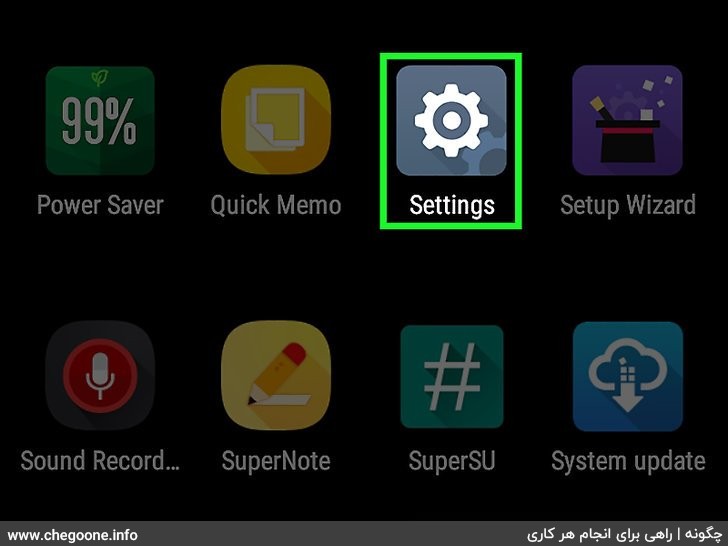
1. Tap Settings.
You can find this item in the app drawer by going to the main menu of your phone. You can also access the settings normally from the notification panel.

2. Tap Apps & Notifications or App Manager.
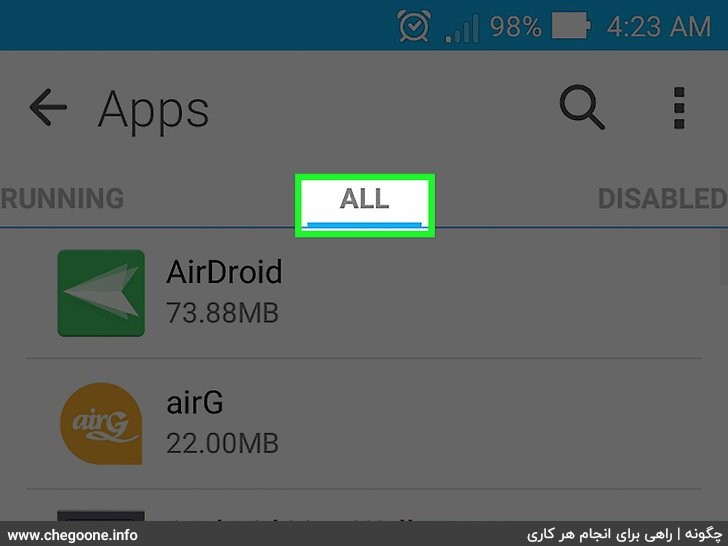
3. Go to the All tab.
This option shows all the apps installed on your device.
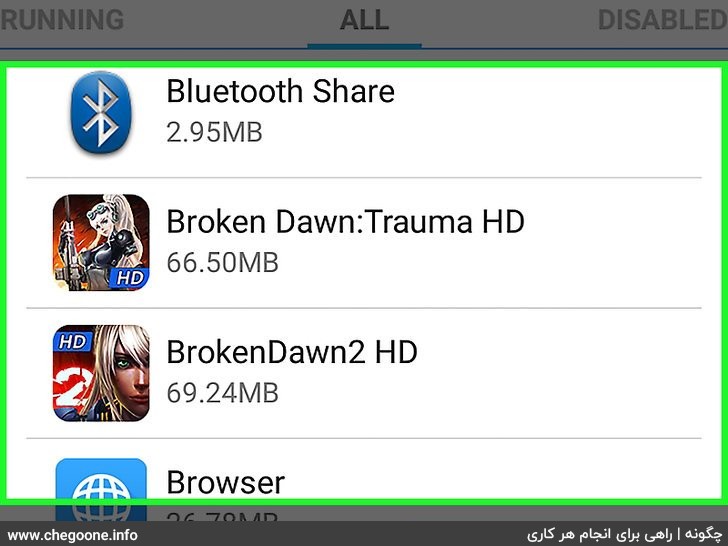
4. Scroll through the list to find apps you don't use.
Apps that you know you use the most may be taking up space and running in the background, slowing down your device. You will see the amount of space of each program next to the entry in the list.
- Some versions of Android allow you to sort the apps by their size by tapping the sort option.
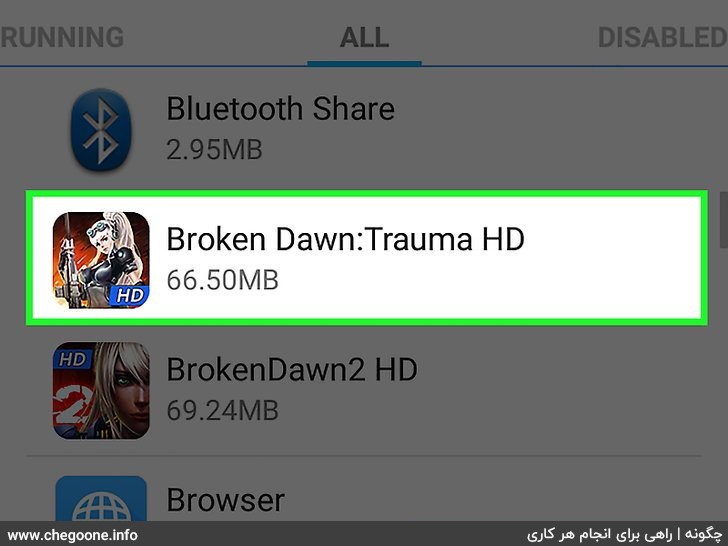
5. Tap on the app you want to remove.
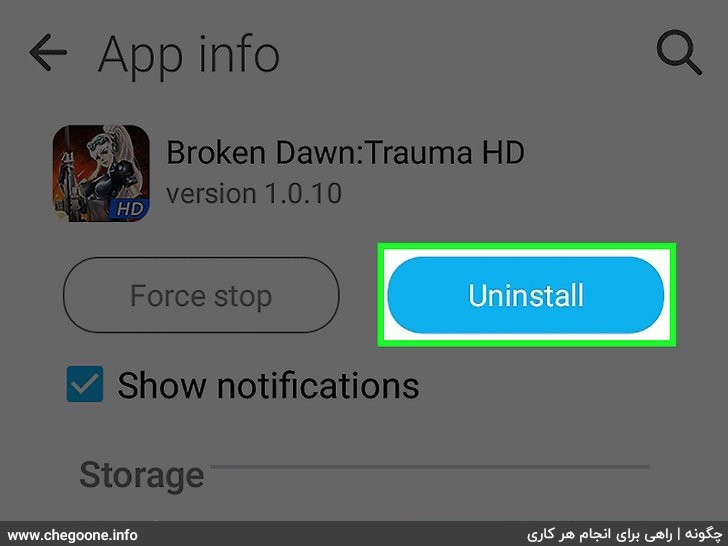
6. Tap the Uninstall button.
If this button is not available, the application is probably related to the phone's operating system and will not be removed.
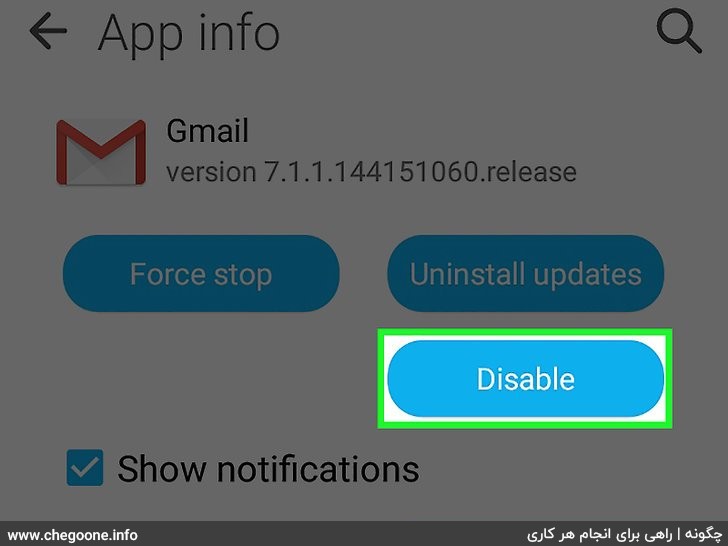
7. Disable if you can't uninstall.
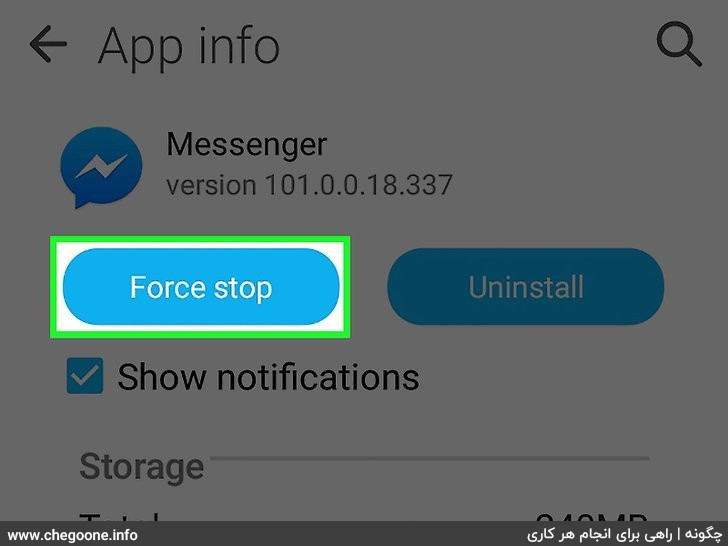
8. Repeat for any other apps you want to remove.
The more apps you delete, the more space you have on your phone. This will lead to better performance.
2. Delete old files
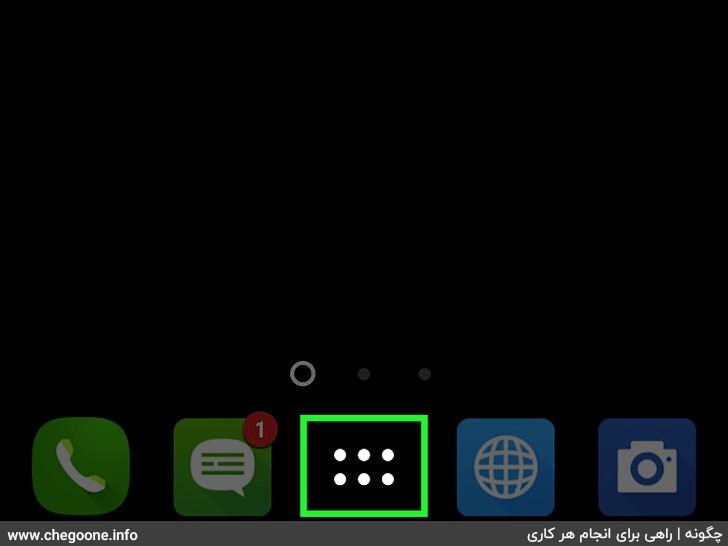
1. Tap the app list button
This grid is at the bottom of your home page.
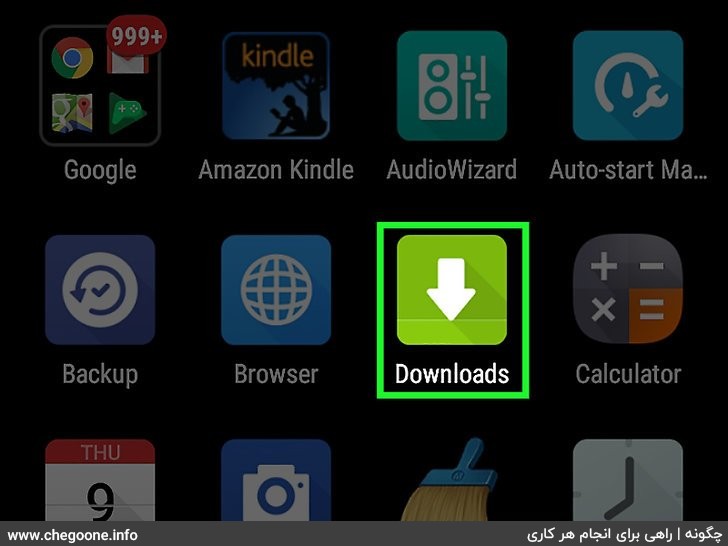
2. Tap Downloads or Files.

3. Long press and tap on any file you want to delete.
Any file you want to delete will have a check mark next to it.

4. Tap the trash can button.
The layout of this screen will vary depending on the type of device you have, but there is usually a trash button or a Delete button that you can tap at the top of the screen.
5. Verify your performance.
Tap the OK button from the dialog box.
3. Clear the cache
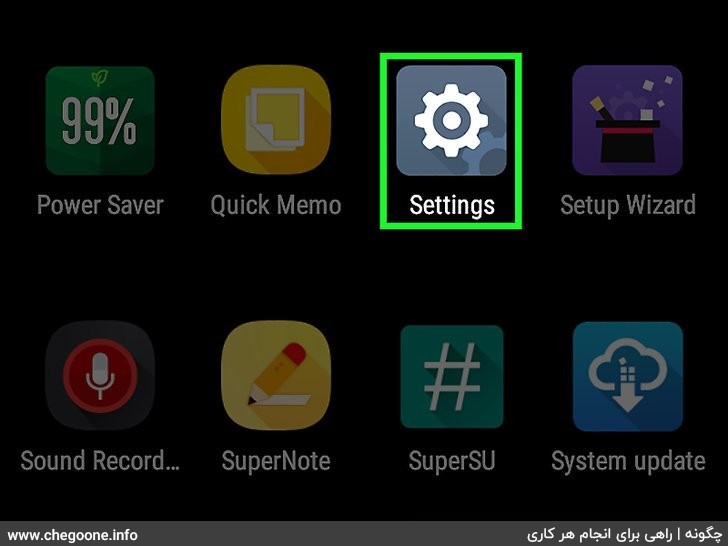
1. Tap Settings
You will find this item in the list of all your apps.

2. Tap on Storage and USB.
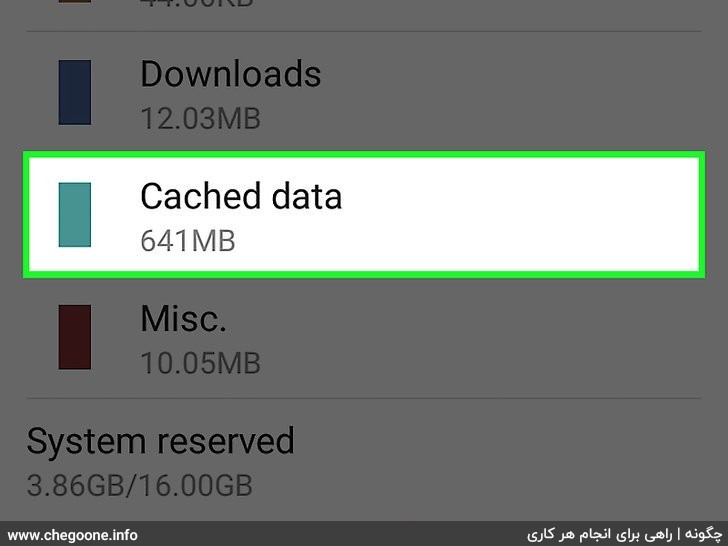
3. Tap on Cached data.

4. Tap Confirm.
By doing this, all the cache data of the program on your device will be deleted. Note that with this, you may have to log in separately in some programs, such as Instagram.
4. Transferring and deleting images (in Windows environment)
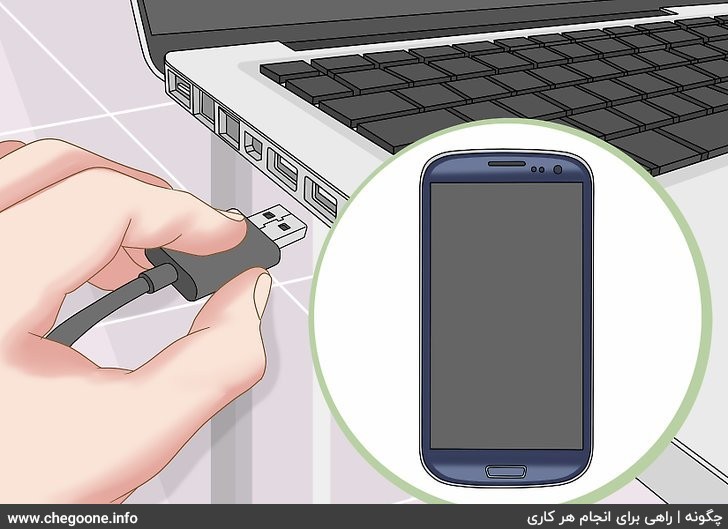
1. Connect your Android device to the computer.
If you have a Mac, see Transferring and deleting pictures (Mac).
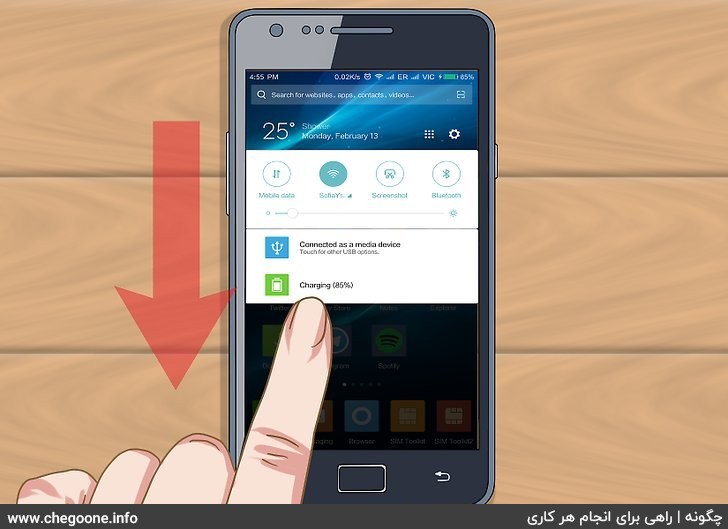
2. Swipe down from the top of the Android screen.
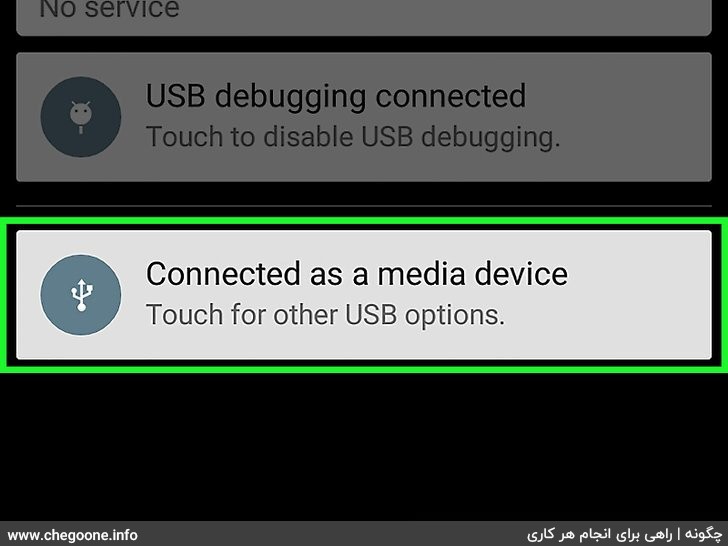
3. Tap the USB notification.
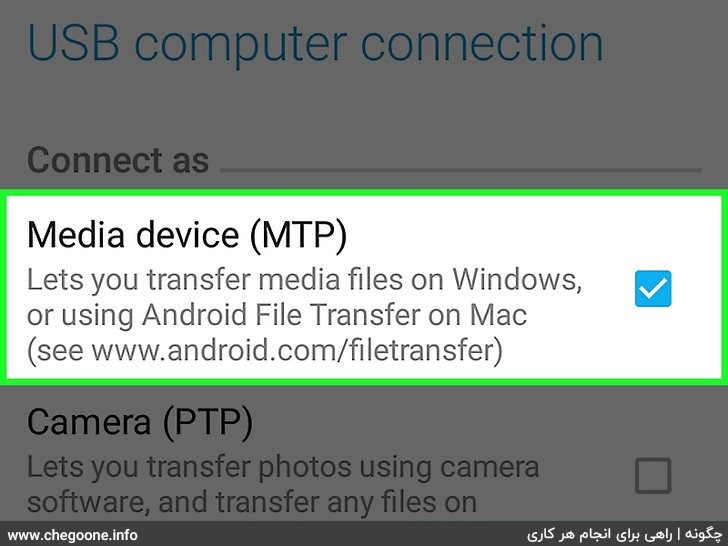
4. Select File Transfer or MTP.
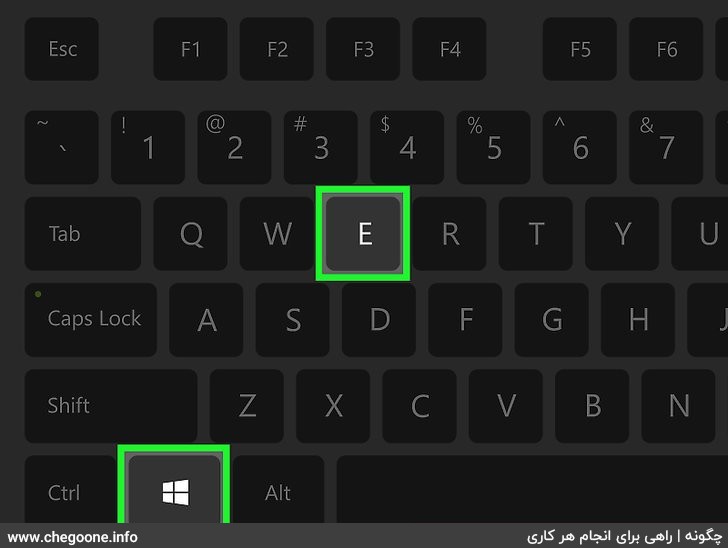
5. Open My Computer.
You can click the folder or Computer button in the Start menu, or press ⊞ Win + E.
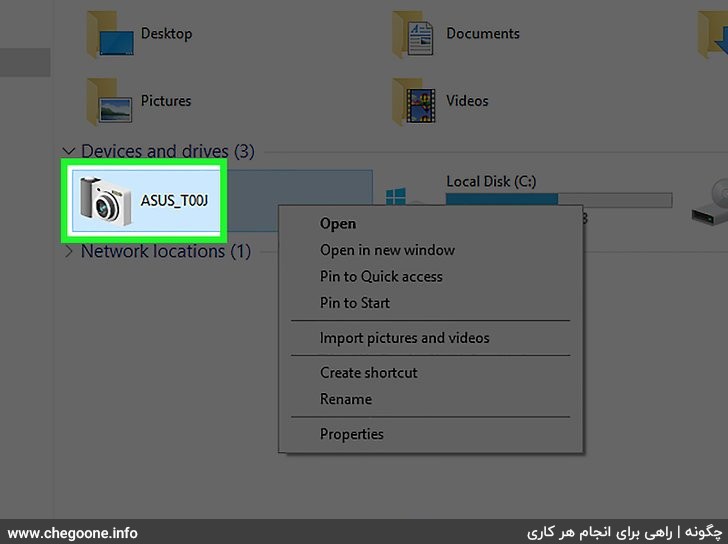
6. Right click on your Android device.
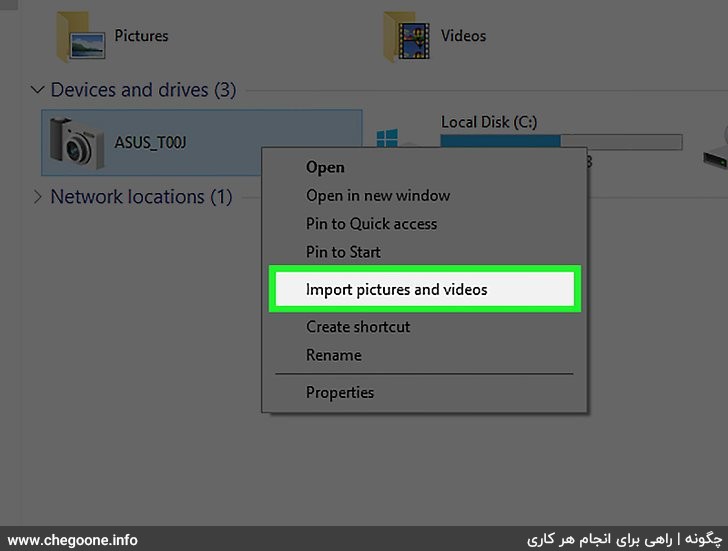
7. Click on Import pictures and videos.
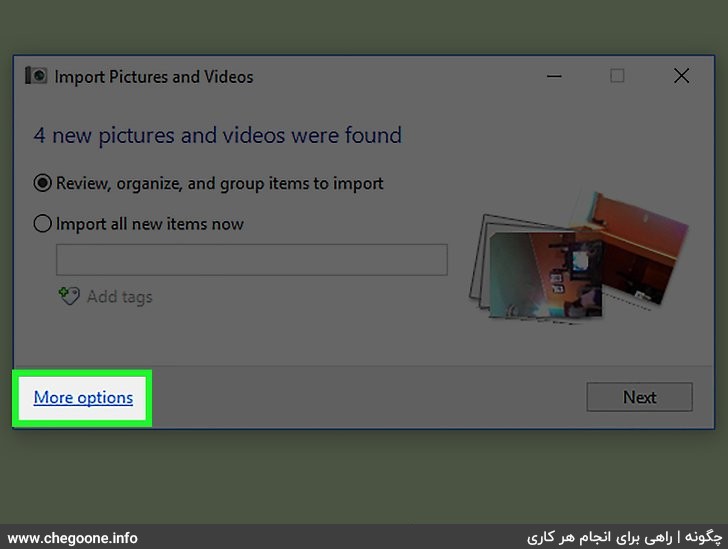
8. Click on More options.

9. Check the Delete files after check box.
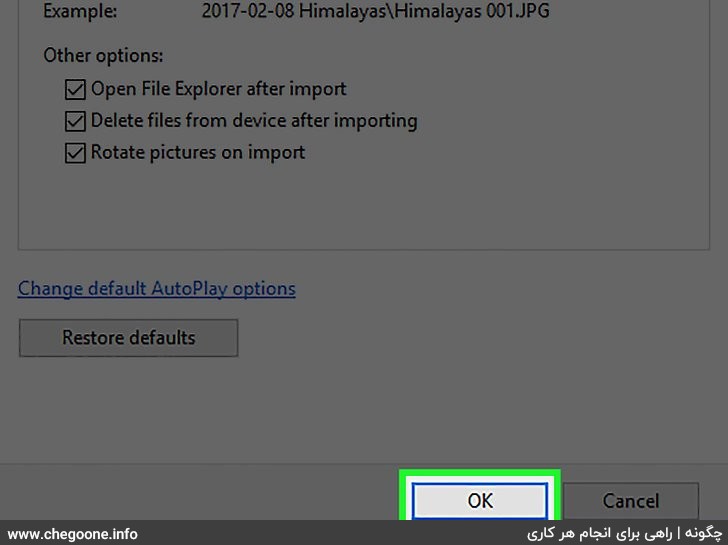
10. Click on ok.
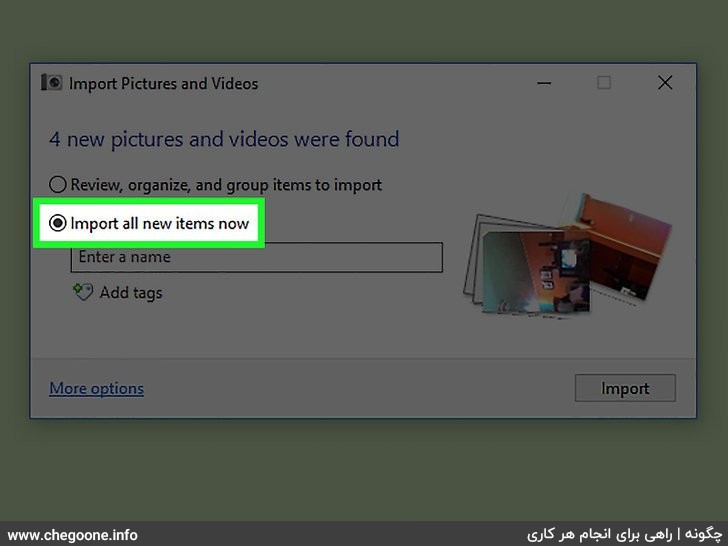
11. Click on the button Import all current radio items.
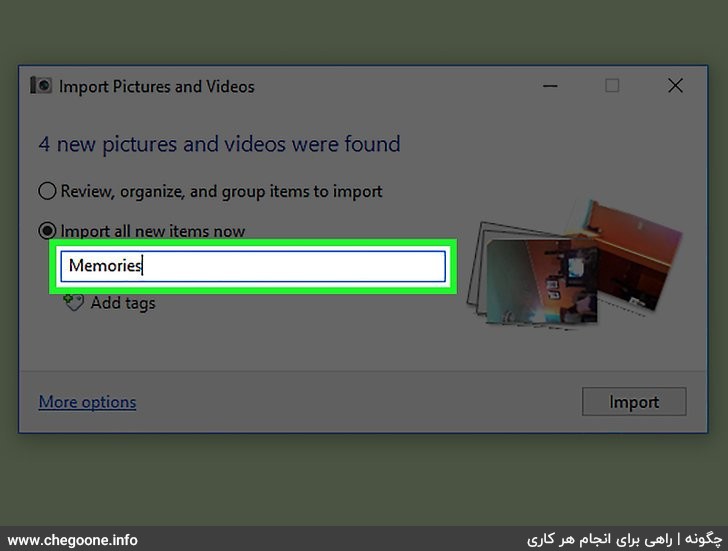
12. Enter a name for the folder.
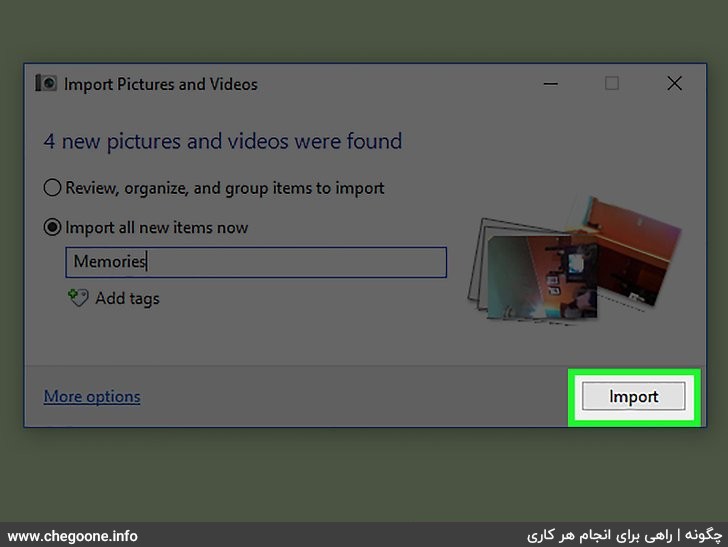
13. Click enter
The photos will start copying to your computer and then deleted from your device.

14. After the photo transfer is finished, disconnect your Android.
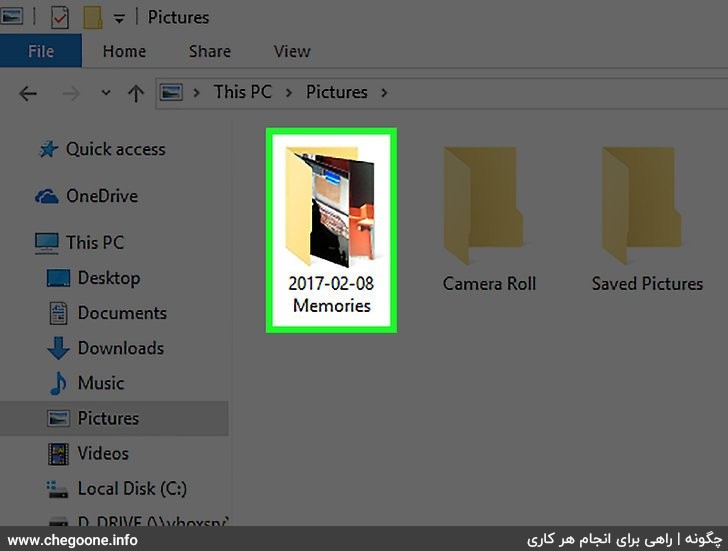
15. Open the Pictures folder on your computer to find the photos.
5. Transferring and deleting pictures (on Mac)
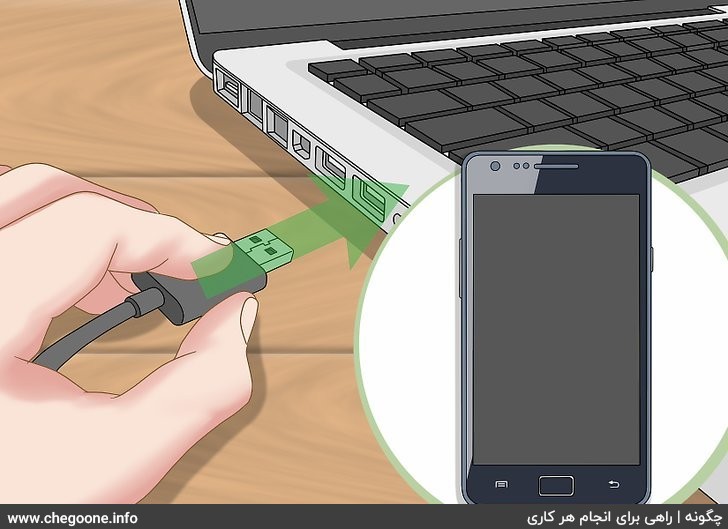
1. Connect your Android device to your Mac.
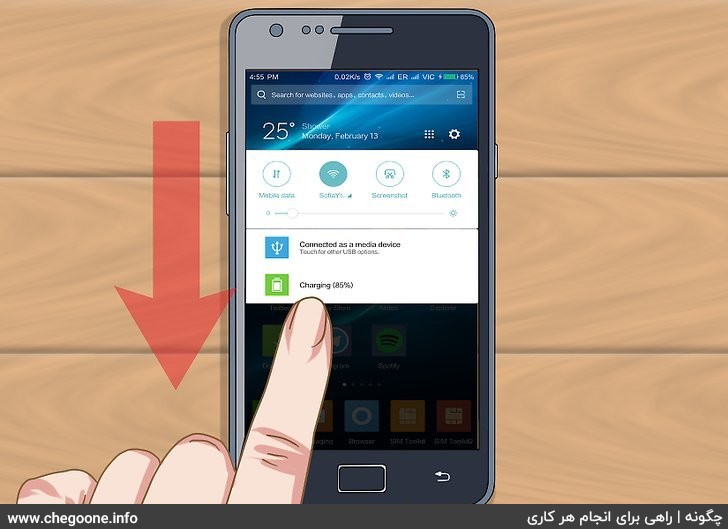
2. Swipe down from the top of the Android screen.
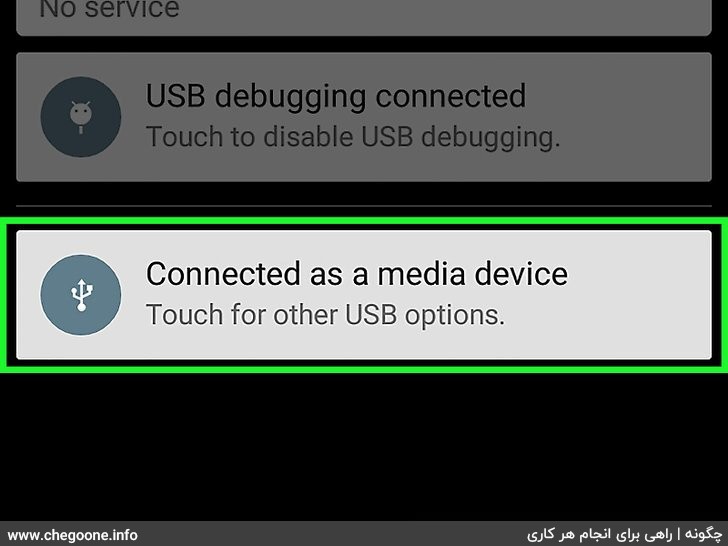
3. Tap on the USB connection option.
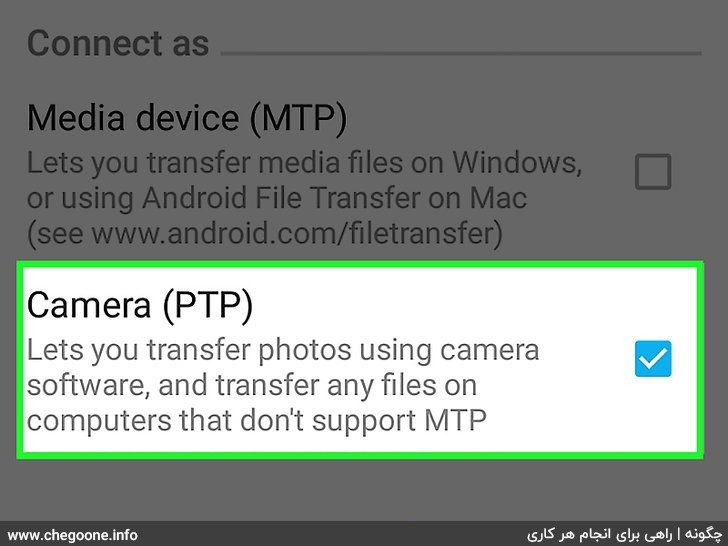
4. Tap Transfer Photo.
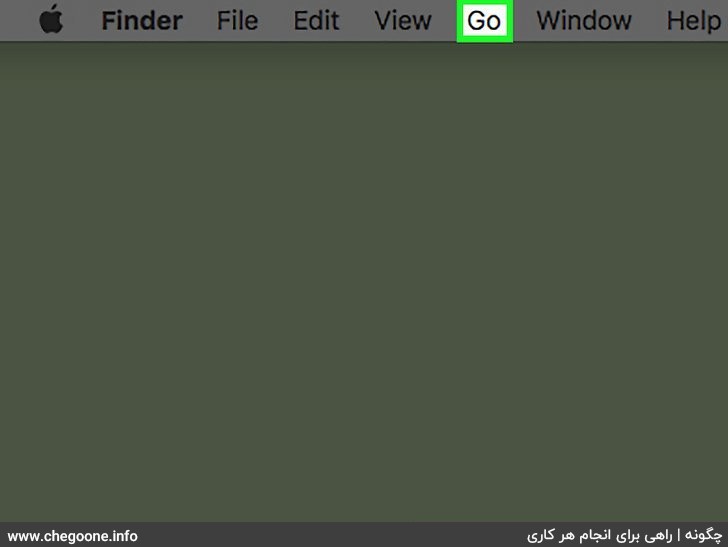
5. Click the Go menu on your Mac.
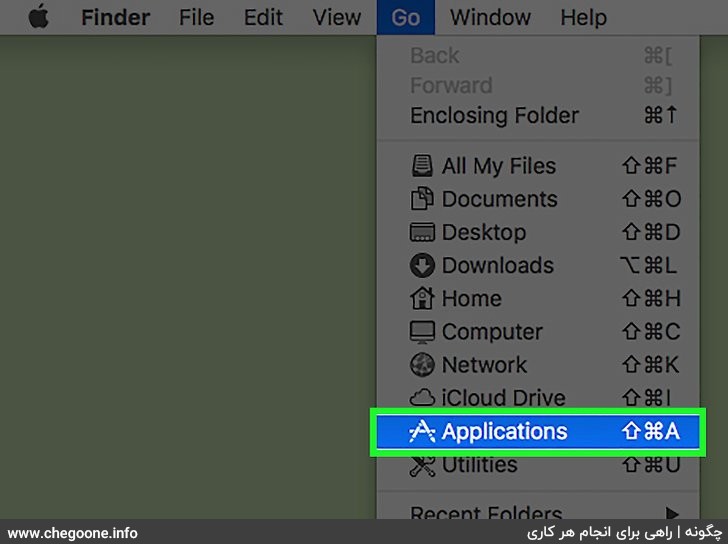
6. Open Applications.
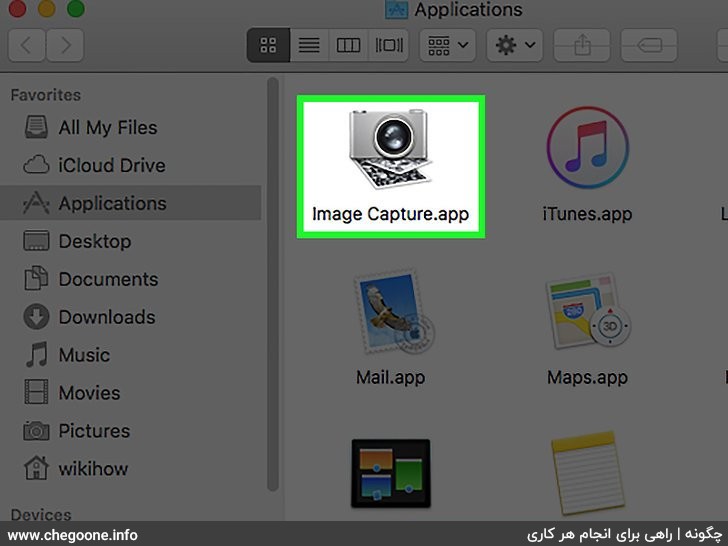
7. Double-click the image.
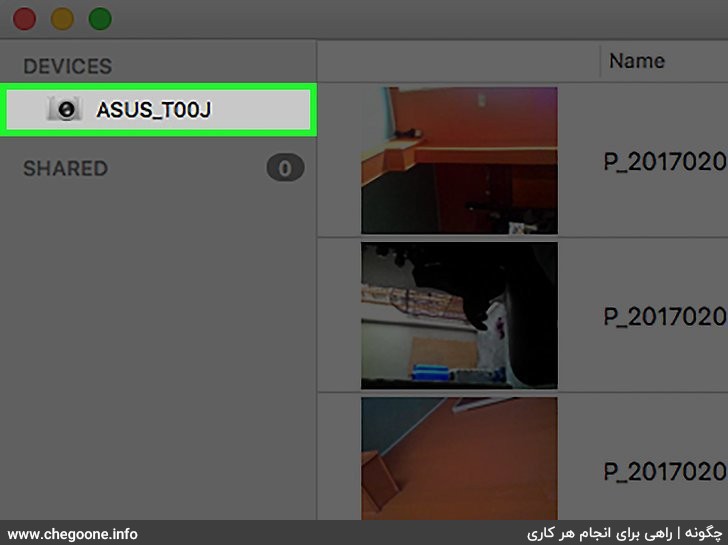
8. Click on your Android device from the list of devices.
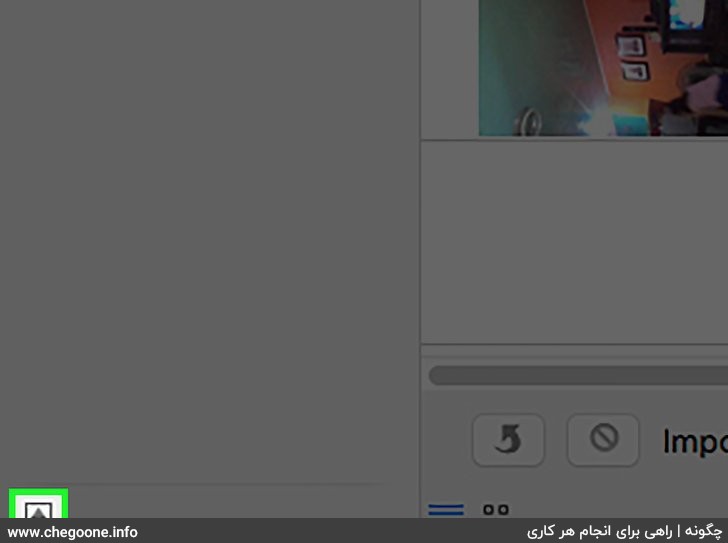
9. Click on the arrow in the lower left corner.
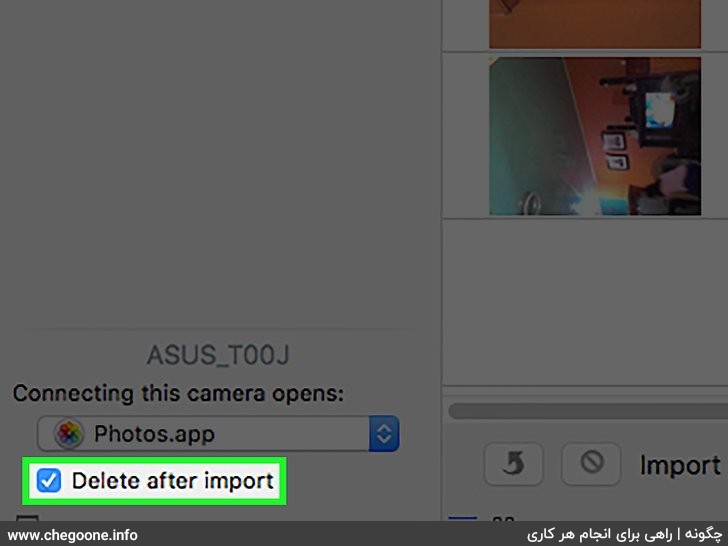
10. Uncheck the Delete after import option.
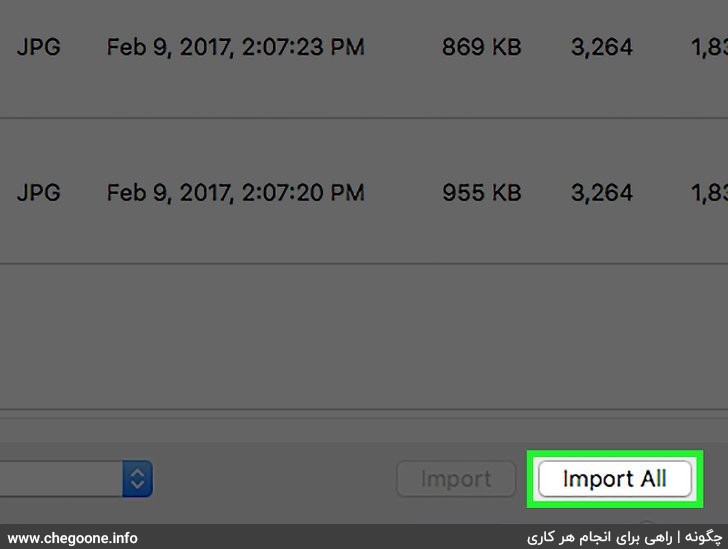
11. Click on the Import all button.
The images on your Android device will be transferred to your computer's hard drive and then automatically deleted from your Android storage.
6. Factory reset

1. Backup your contacts.
If you're signed in with a Google account on your Android, your contacts should automatically sync with your Google account. You can put your Google contacts in contacts.google.com Check out. If you have contacts you need to back up manually, see Back up your Android contacts in your Google Account.
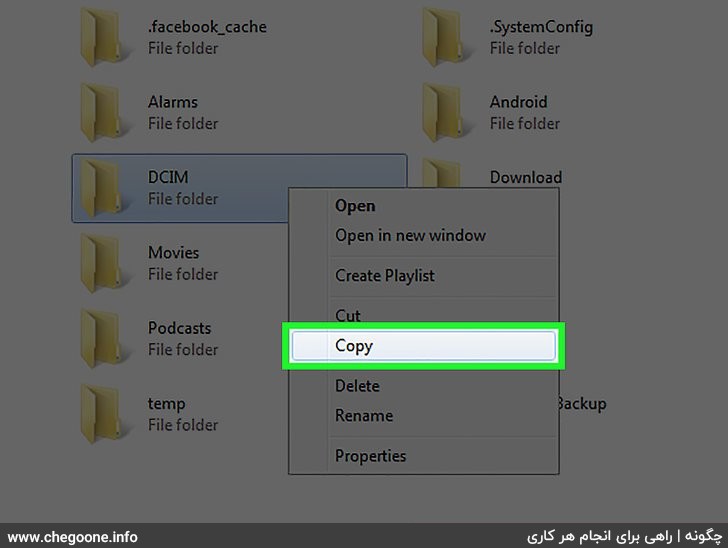
2. Save the files you need.
A factory reset will erase all your data. If you have files on your Android that you need to keep, connect your phone to the computer and transfer the files to protect them. For detailed information, see Transferring data between a mobile phone and a computer.
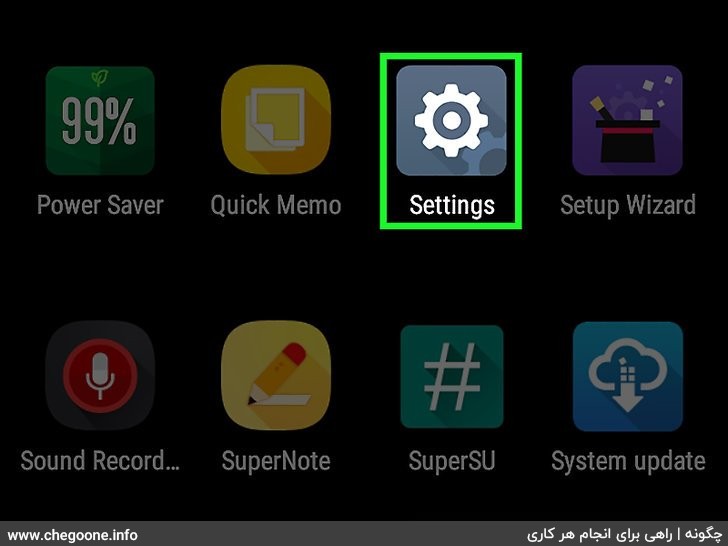
3. Tap the Settings app on your Android.
Once your data is backed up, you can start the reset process.

4. Tap the Personal tab (if available).
Some Android devices, especially Samsung devices, require you to switch to the Personal section to find reset options.
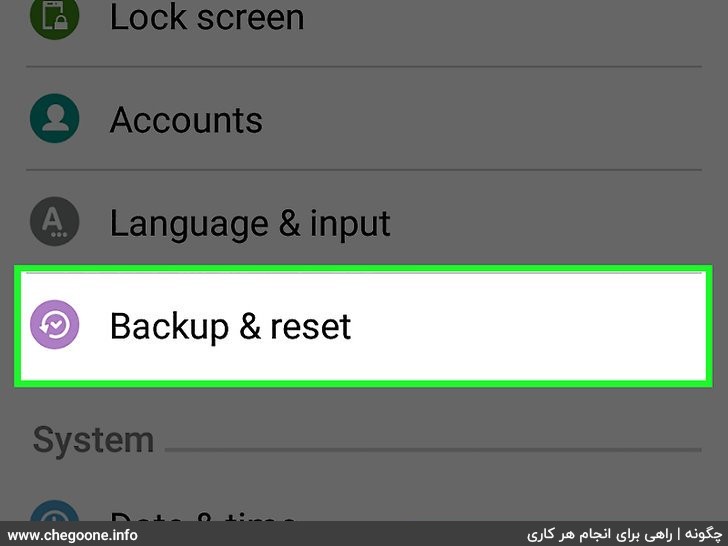
5. Tap Backup and reset.
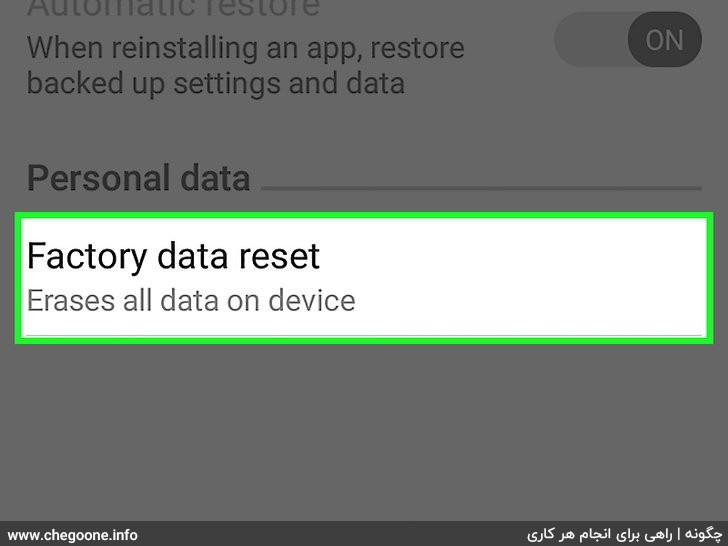
6. Tap on factory data reset.

7. Tap on Reset phone.
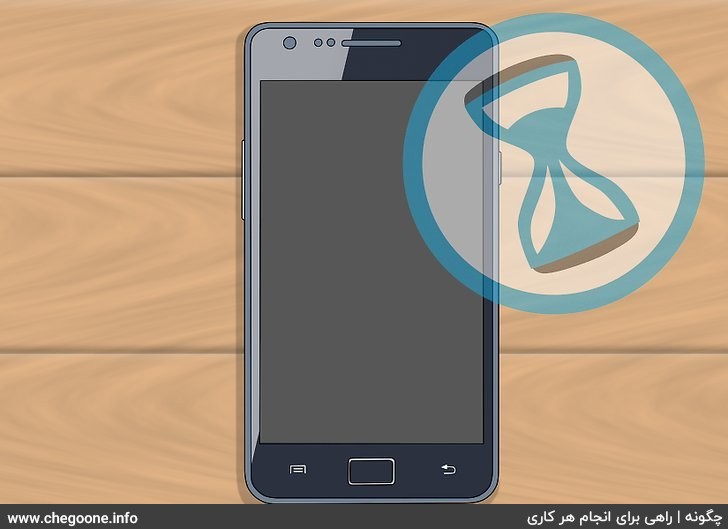
8. Wait for your device to reset.
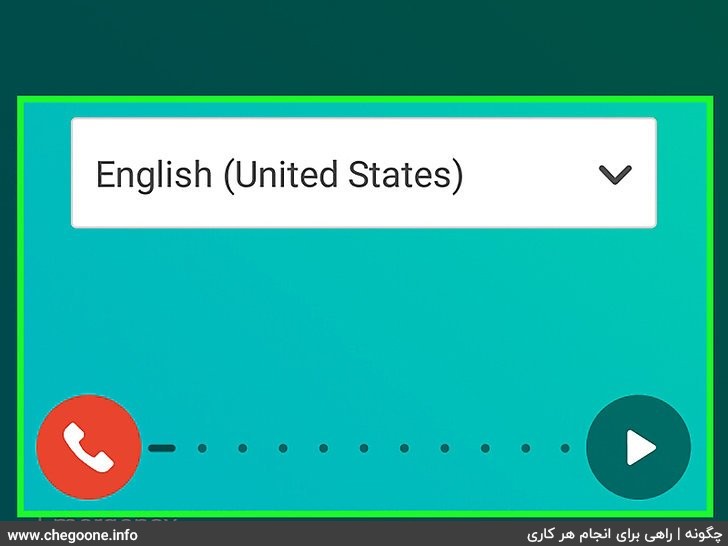
9. Start the device setup process.
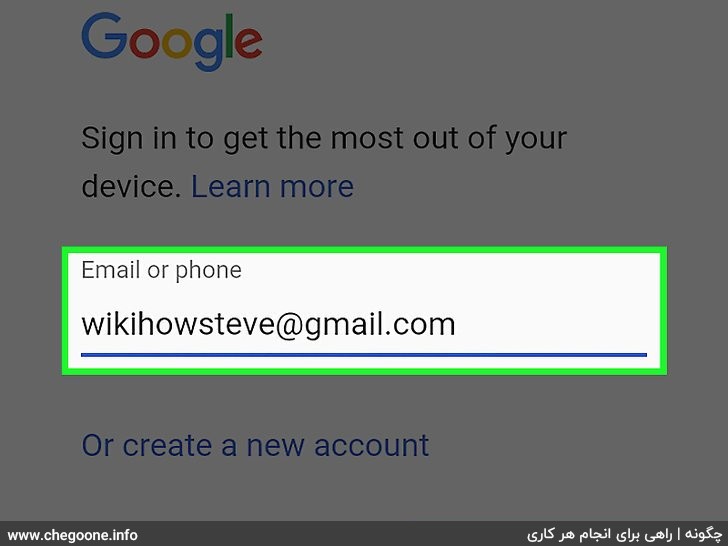
10. Sign in with your Google account when prompted.
This will restore your contacts and settings, as well as your Google Play app purchases and downloads.
Time required: 18 minutes.
In this guide, we will introduce you to methods to clean and increase the speed of Android mobile.
- Delete old programs
Remove old programs

- Delete old files
Delete old files

- Clear the cache
Clear the cache

- Transfer and delete images
Transfer and delete images

